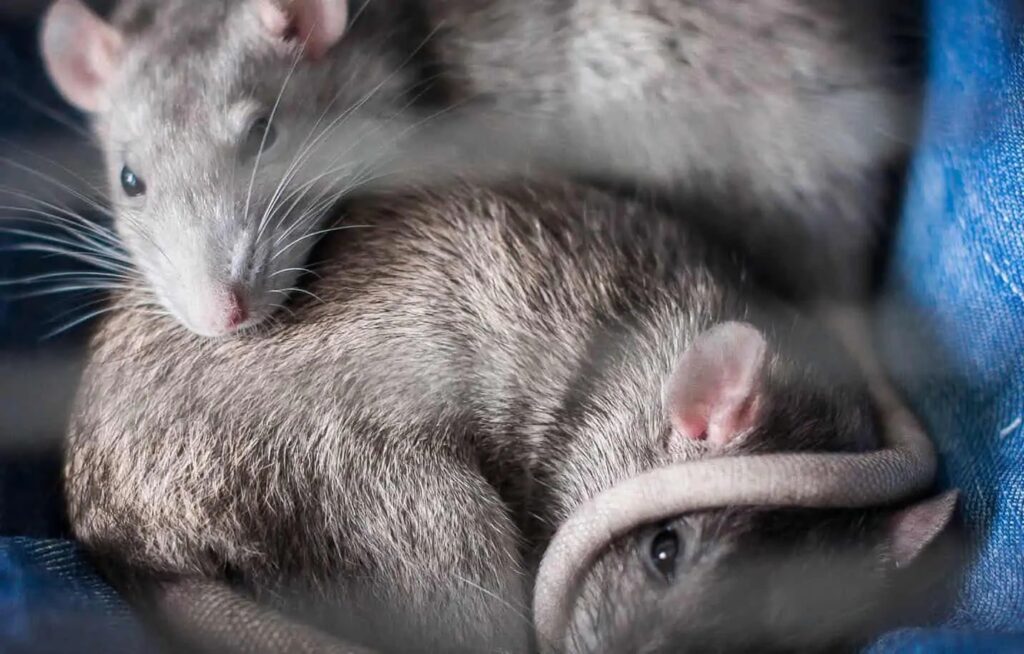
It turns out that rats, much like humans, express sheer delight in the company of their buddies, and they’ve got a unique way of vocalizing their happiness – through adorable high-pitched squeaks. New research has uncovered the cheerful sounds emitted by rats when in the presence of their fellow rodents, providing insight into the emotional lives of these social creatures.
Rats are already known for their affinity for friendship, often choosing it over food (although not over heroin) and displaying signs of pure joy, such as jumping for joy when witnessing their friends being tickled. Now, researchers have, for the first time, captured the audible manifestation of the joy that rats experience in each other’s company, in the form of high-frequency squeals.

During social interactions, rats produce ultrasonic vocalizations, typically imperceptible to the human ear, that serve as a reflection of their emotions. For instance, when these rodents are happy, they emit squeaks at around 50 kHz. However, identifying which rat is responsible for each sound has proven to be a challenge until now.
In a groundbreaking study, researchers utilized innovative mini-microphones connected to the rats’ noses, enabling them to pinpoint the individual rats producing each vocalization and gain valuable insights into their emotional states.
The findings revealed that these endearing creatures emitted more 50 kHz (positive) vocalizations during close interactions with their rat companions. Surprisingly, these vocalizations were not linked to any specific recognizable behavioral event; rather, the rats were simply expressing their contentment.

Shai Netser, one of the study authors, explained, “We think that this isn’t a language, but actually another way to pronounce happiness in general.”
To conduct the study, the researchers surgically attached tiny microphones to the noses of 13 rats, placing them in cages with another rat, either in direct contact or separated by mesh. The 50 kHz squeaks were more pronounced when the rats were physically close to one another, initiating only after the introduction of another rat. This suggests that these vocalizations may play a role in the social bonding processes of these creatures.
Moreover, the researchers discovered a new sound made by the rats: a low-frequency vocalization marking rat social interactions (4–10 kHz). Although within the human hearing range, these noises were too faint to be detected by the microphones in the cages, possibly explaining why they’ve never been reported before. The significance of this novel sound is yet to be determined.

The researchers anticipate that their findings, along with the use of new miniature microphones, will contribute to a better understanding of social behaviors and emotions in rats. They hope that this method will allow for the monitoring of socio-emotional states in laboratory rats, including those serving as models for neurodevelopmental disorders, under various environmental and internal conditions.
In the realm of unexpected and utterly charming animal vocalizations, consider the tiny crocodile that can moo. The study revealing the rats’ joyous symphony is published in the journal Cell Reports Methods.

Leave a Reply